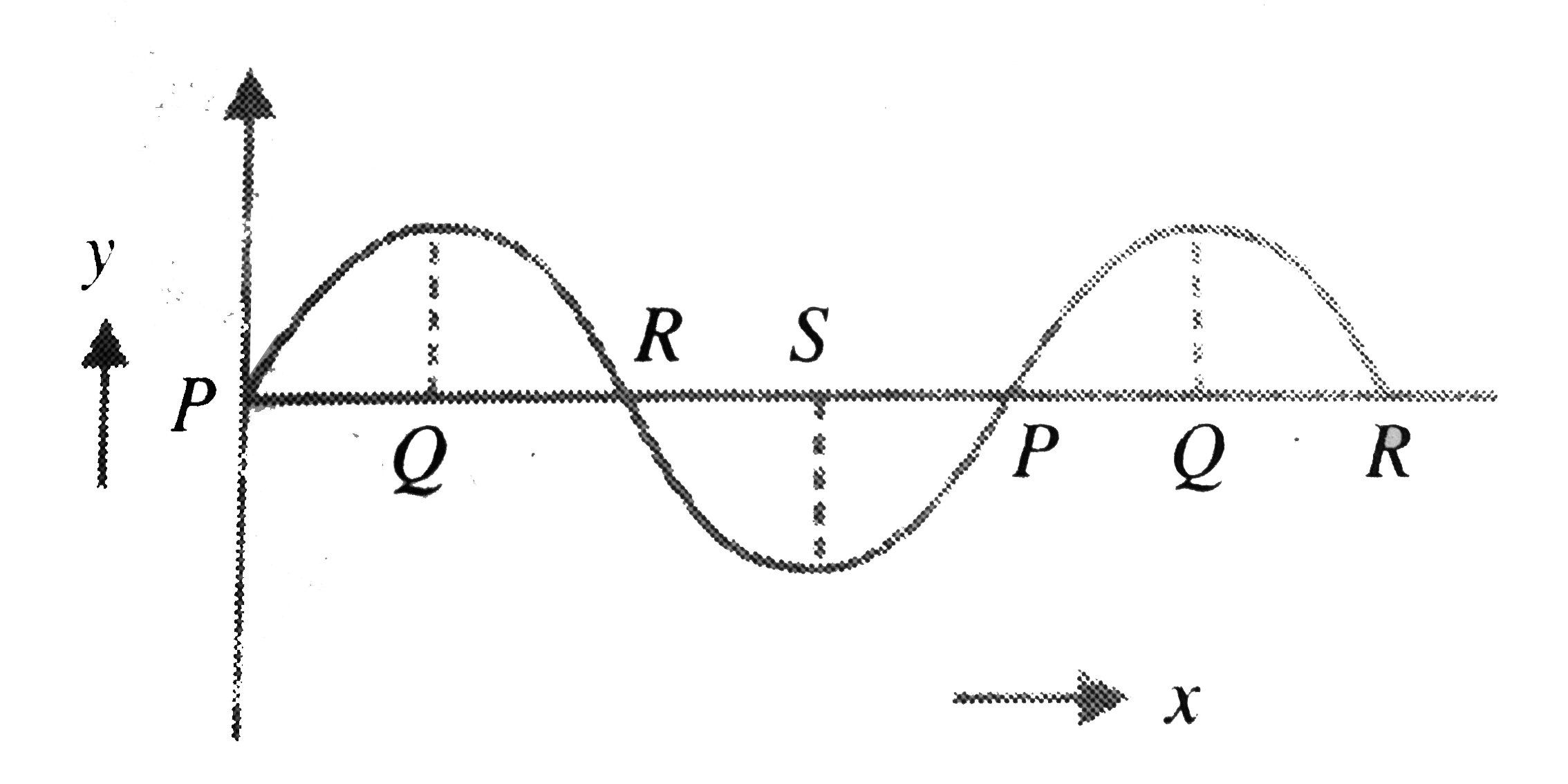Longitudinal waves are possible in
solids
liquids
gases
All of these
The correct Answer is:D
To determine where longitudinal waves are possible, we will analyze the properties of longitudinal waves and the states of matter.
1. Understanding Longitudinal Waves:
Longitudinal waves are waves in which the particle displacement is parallel to the direction of wave propagation. This means that the particles of the medium move back and forth in the same direction as the wave travels.
2. Identifying the Mediums:
Longitudinal waves can travel through different states of matter: solids, liquids, and gases.
3. Behavior in Solids:
In solids, longitudinal waves can propagate because the particles are closely packed together. When a force is applied, the particles compress and then return to their original position, transferring energy through the medium.
4. Behavior in Liquids:
In liquids, longitudinal waves can also propagate. The molecules in a liquid are not as tightly packed as in solids, but they are still close enough to transmit compressional waves. An example of this is sound traveling through water.
5. Behavior in Gases:
In gases, longitudinal waves can travel as well. The molecules in a gas are far apart compared to solids and liquids, but they can still compress and expand, allowing sound waves to travel through the air.
6. Conclusion:
Since longitudinal waves can travel through solids, liquids, and gases, the correct answer to the question is that longitudinal waves are possible in all of these.
Final Answer:
D) All of these
---
Longitudinal waves are waves in which the particle displacement is parallel to the direction of wave propagation. This means that the particles of the medium move back and forth in the same direction as the wave travels.
Longitudinal waves can travel through different states of matter: solids, liquids, and gases.
In solids, longitudinal waves can propagate because the particles are closely packed together. When a force is applied, the particles compress and then return to their original position, transferring energy through the medium.
In liquids, longitudinal waves can also propagate. The molecules in a liquid are not as tightly packed as in solids, but they are still close enough to transmit compressional waves. An example of this is sound traveling through water.
In gases, longitudinal waves can travel as well. The molecules in a gas are far apart compared to solids and liquids, but they can still compress and expand, allowing sound waves to travel through the air.
Since longitudinal waves can travel through solids, liquids, and gases, the correct answer to the question is that longitudinal waves are possible in all of these.
D) All of these
Topper's Solved these Questions
- SOUND WAVESBOOK - DC PANDEY ENGLISHCHAPTER - SOUND WAVESEXERCISE - Level 1 Subjective
45 Videos
- SOUND WAVESBOOK - DC PANDEY ENGLISHCHAPTER - SOUND WAVESEXERCISE - Subjective Questions
1 Videos
- SOUND WAVESBOOK - DC PANDEY ENGLISHCHAPTER - SOUND WAVESEXERCISE - Level 1 Assertion And Reason
10 Videos
- SOLVD PAPERS 2017 NEET, AIIMS & JIPMERBOOK - DC PANDEY ENGLISHCHAPTER - SOLVD PAPERS 2017 NEET, AIIMS & JIPMEREXERCISE - Solved paper 2018(JIPMER)
38 Videos
- SUPERPOSITION OF WAVESBOOK - DC PANDEY ENGLISHCHAPTER - SUPERPOSITION OF WAVESEXERCISE - Level 2 Subjective
8 Videos
Similar Questions
Knowledge Check
In a stationary longitudinal wave, nodes are points of
Aminimum displacement and minimum pressure change.Bminimum displacement and maximum pressure changeCmaximum displacement and maximum pressure changeDmaximum displacement and minimum pressure change.
Explain why (or how) : (a) In a sound wave, a displacement node is a pressure antinode and vice-versa,
(b) Bats can ascertain distances, directions, nature and size of obstacles without any eyes,
(c) a violin note and sitar note may have the same frequency, yet we can distinguish between the two notes, (d) Solids can support both longitudinal and transverse waves, but only longitudinal waves can propagate in gases,
(e) The shape of pulse gets distorted during propagation in a dispersive medium.
View SolutionThe longitudinal wave can be observed in
View Solution“Longitudinal waves are called pressure waves" Why?
View Solution
Figure. Represents the displacement y versus distance x along the direction of propagation of a longitudinal wave. The pressure is maximum at position marked
View SolutionIs it possible to represent a longitudinal wave using crests and troughs ?
View SolutionA : Longitudinal waves do not exhibit the phenomenon of polarisation .
R : In longitudinal waves medium particle vibrate in direction normal to the wave propagation .
View SolutionLongitudinal waves can pass through .......
View Solution
